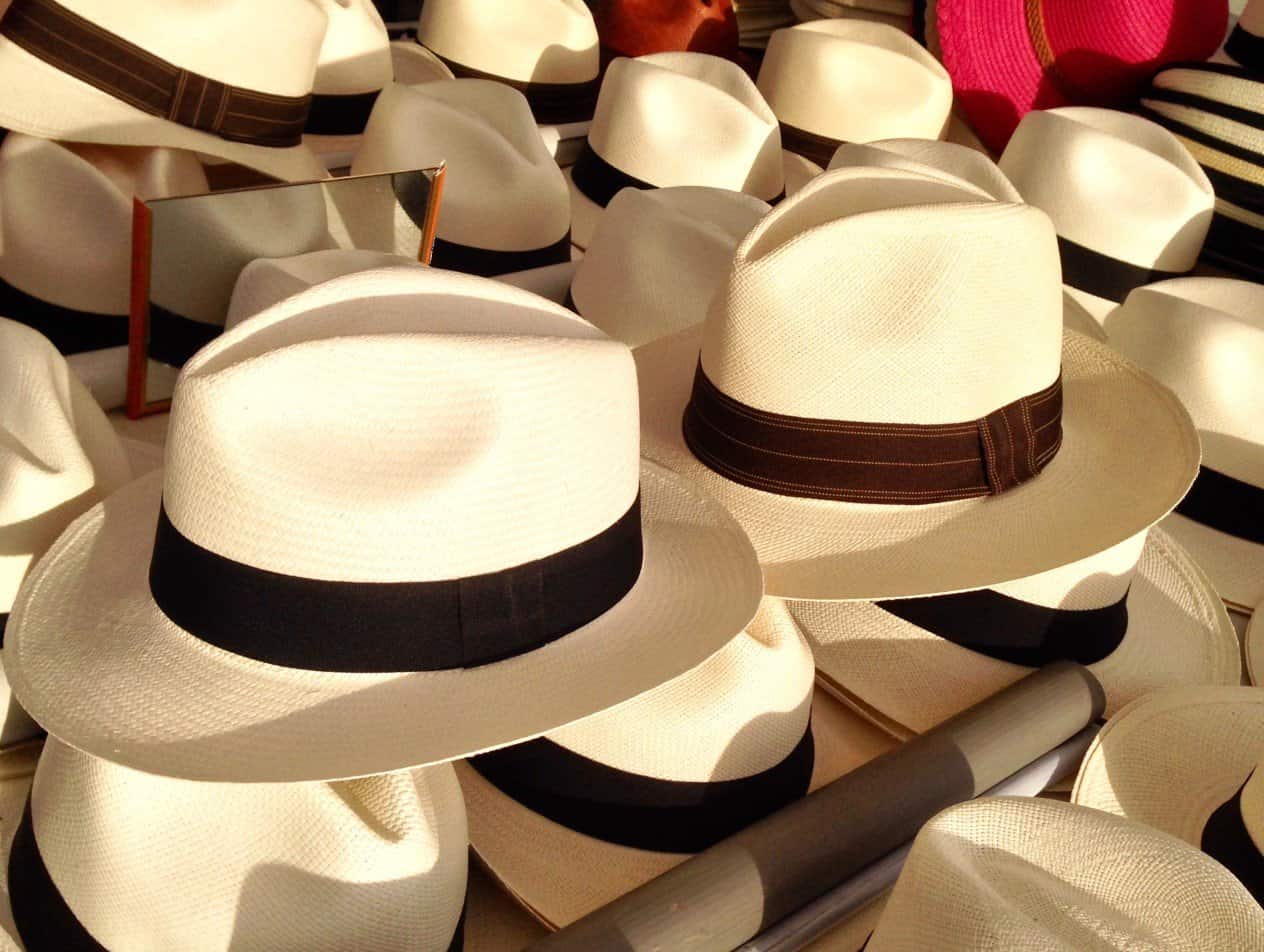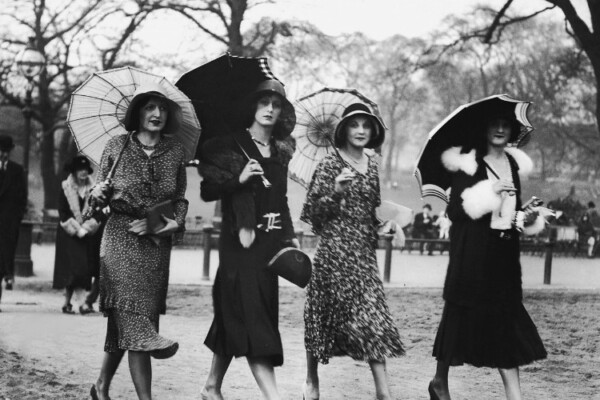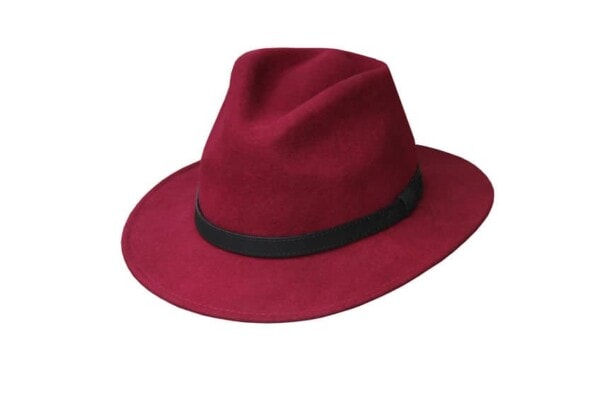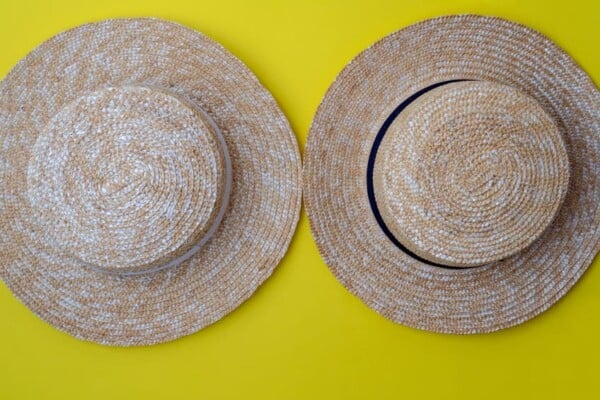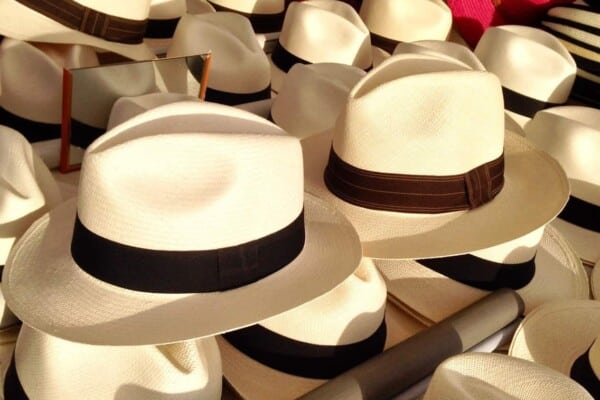The Panama hat’s name refers to the material, otherwise known as the palm toquilla straw, and not the hat’s shape. This Ecuadorian hat is immensely popular in summer and is typically expensive due to the fact that it is handwoven and artisanal. But what type of grades of these hats are there?
Grades are a way of classifying the quality of the Panama hats, which is done with reference to the quality and fineness of the straw used and the weaving of the hat. The finer the straw and the weaving, the lighter and more comfortable the hat will be.
In this article, I’ll go into the different kinds of grading systems and what methods work best when determining the quality of a Panama hat.
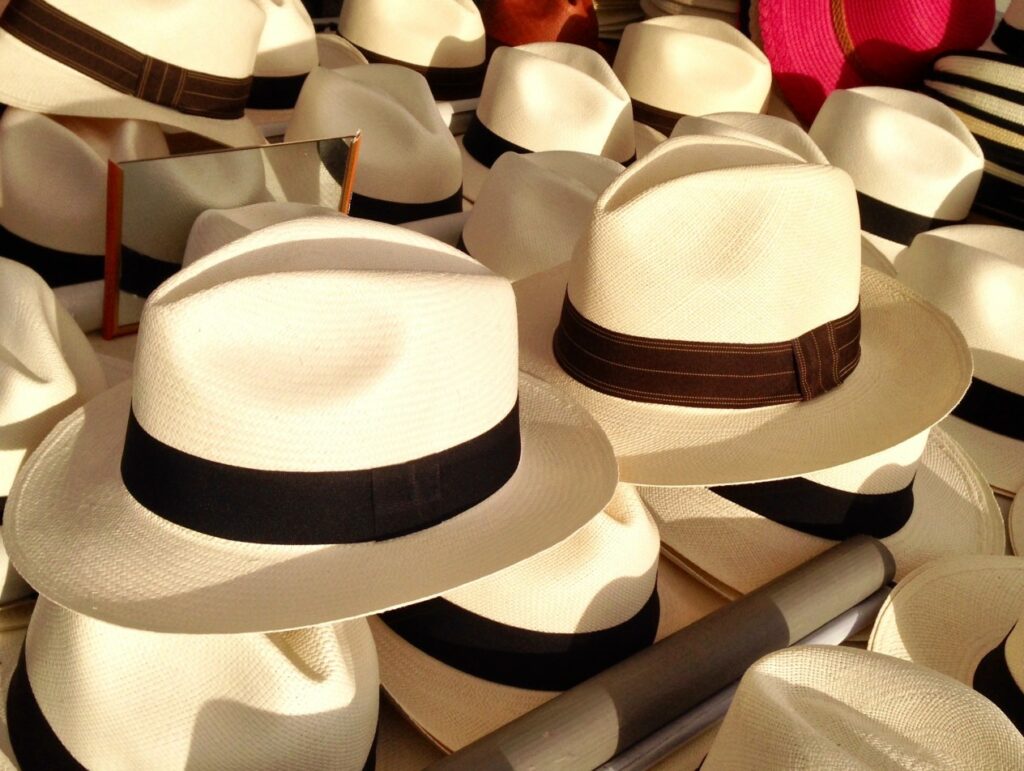
Panama Hat Grading Systems
It is important to note there is no standardized grading system that measures the quality of Panama hats. Different manufacturers have different systems, and none are alike.
Even traditional exporters from Ecuador do not have a standard method of grading Panama hats. However, what all grading systems have in common is they aim to define the quality and fineness of the weaving.
Let’s now talk about some of the different types of grading systems you might come across.
Numerical Grading
Numerical systems rate the quality of the hat by number, which is determined based on factors that differ from manufacturer to manufacturer.
Lower grades may be assigned to specific types of weaving like Cuenca, whereas the Brisa weave may get a higher grade. Typically, the Montecristi weave, named after the city of Montecristi, is assigned the highest grade.
These numbers also account for the finesse of the weave and the straw quality using a variety of factors. These include measuring the density of the weave, the amount of straw per square inch, and more.
Word Grading
In a word grading system, you might encounter terms like Fino, Super Fino, Extra Fino, and Ultra Fino. You may even find grades like Artisanal Quality or Connoisseur Quality.
Again, there is no industry standard for this system. The word “Fino,” meaning fine, simply grades hats based on the fineness of the weave. However, the fineness is not qualified in any way, which means it is not measurable. There is no objective standard that a hat must reach to be graded as Fino or Super Fino.
How To Choose a Panama Hat Using the Grading System
Typically, numerical grading systems are better than wordy grading systems since the grades are qualified in some way. There are also other traditional methods of checking the quality of Panama hats, like counting the number of rings on the hat’s crown to measure the quality of the weaving.
To choose a Panama hat for yourself, consider a grading system that measures the WPI, or weave per inch. Most numerical and some wordy grading systems tend to have a WPI qualifier built-in.
These are currently the most reliable measure of the quality of Panama hats.
So when you’re choosing a Panama hat, apart from personal preferences of sizing and color, consider the quality of the hat based on the number of weaves per inch. You’ll have to look at how the grading system qualifies each grade to see how WPI is included, and then you’ll be able to pick the best hat for you.
Conclusion
Panama hats are graded based on either a number or word system, which tells you the kind of quality it is. If you want a hat for special occasions, choose the higher number. But if you want a hat for daily use, you may want to save some money and choose a lower number. Either way, using the grading system to choose your hat can save you time and frustration.

